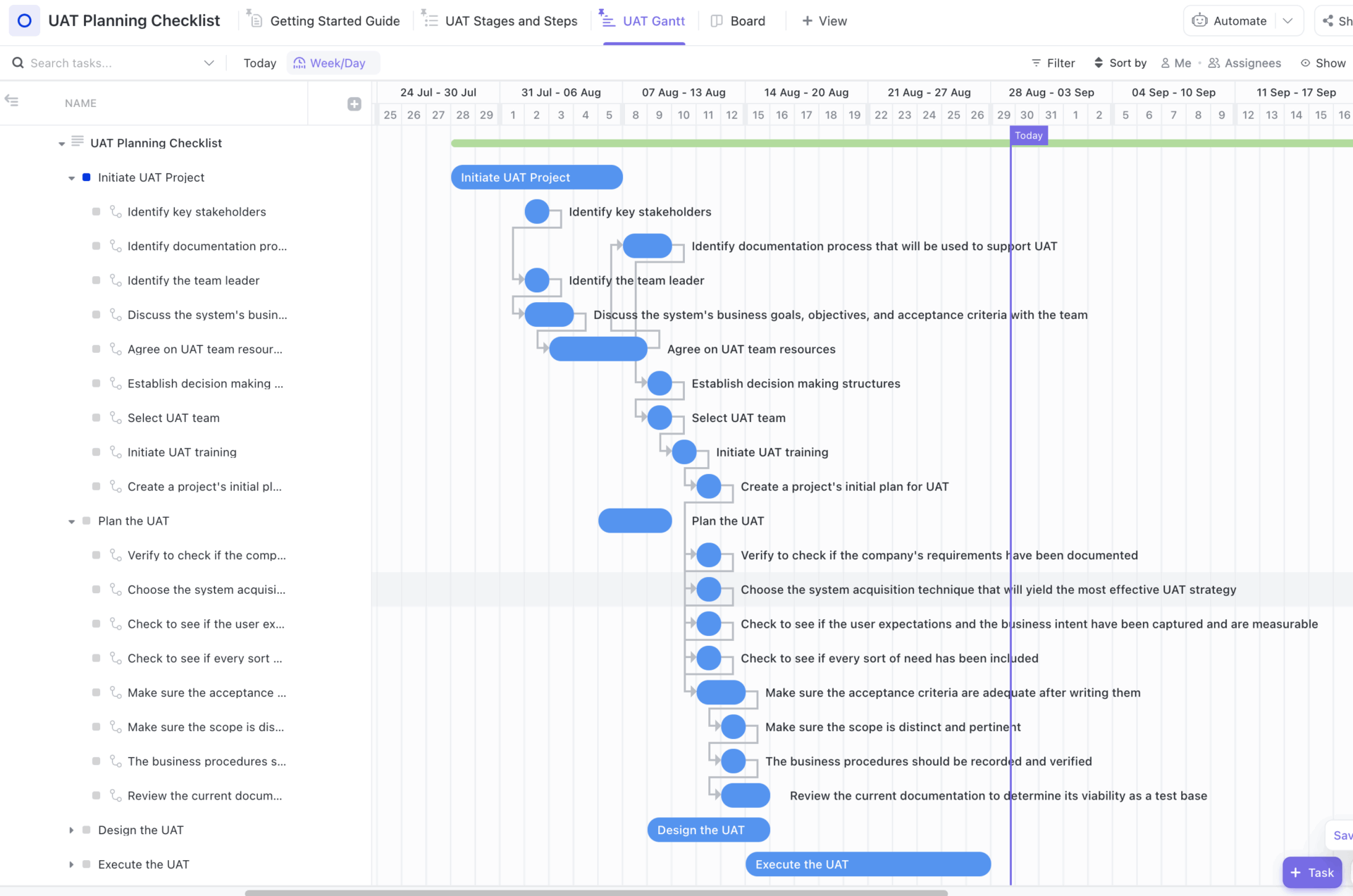Unlike Fuze4’s professional but confusing text-based language, Game Builder Garage uses a wholly visual language. Here, bits of code are cute little creatures called Nodon. You add Nodon to your game world to create objects and write programming. Drop a UFO Nodon for your alien shmup. Create a Nodon that senses when people touch apples to receive power-ups. Nodon play music, solve math problems, and display textures you draw. You can link Nodon together to create larger shapes and write more complicated programming strings.

Get Our Best Stories!
All the Latest Tech, Tested by Our Experts

By clicking Sign Me Up, you confirm you are 16+ and agree to our Terms of Use and Privacy Policy.
Thanks for signing up!
Your subscription has been confirmed. Keep an eye on your inbox!
The Nodon system deftly manages balancing ease of use with impressive power. You can even plug in a USB mouse to your Switch dock for faster editing, or use the Joy-Con 2 mouse if you play the updated Nintendo Switch 2 version. However, with all these blocks on screen, your workspace becomes somewhat cluttered, even when using Nodon specifically designed to organize your workflow. Construct, Core, Gamemaker, Godot, Stencyl, and other software with visual editor options typically include text-based coding options to help with efficiency. Game Builder Garage requires you to swap between various viewpoints to arrange objects in 3D spaces. Plus, figuring out how objects on the programming grid translate into the actual game can be a bit abstract.

(Credit: Nintendo/PCMag)
Fortunately, Game Builder Garage has the best tutorials for any game development software I’ve tested. Gamers sometimes criticize Nintendo for tutorials that hold younger players’ hands too much, but that level of care is essential when teaching kids what might as well be a new language. In fact, the way Game Builder Garage breaks down the programming process into a game unto itself reminded me of the best language learning apps. I wish I had this when I taught game design to children at summer camp years ago.
Game Builder Garage features seven interactive tutorials, each averaging around an hour in length, that walk users step by step through increasingly complex sample games. The first lessons teach you the basics, such as adding objects to your game world or making sure buttons perform actions. Later lessons introduce concepts, such as positioning a camera in 3D space or triggering sequences once certain conditions are met. All the while, your helpful, entertaining partner makes sure you never get lost and offers plenty of encouragement.
Once you feel more confident, Game Builder Garage lets you test your skills. Between tutorials, you must pass brief checkpoint tests. These make sure you absorbed the lesson, and didn’t just blindly follow instructions. Not only is this stellar coding education, but the programming tests themselves are fun logic challenges similar to games like Baba Is You or Human Resource Machine.

(Credit: Nintendo/PCMag)
From there, you can design whatever game you want in the free programming mode. I felt like an absolute genius when I realized I could make a mermaid statue act as the player character by connecting its center to the center of an invisible player character model. And that was only after a few minutes of tinkering.
However, you can’t easily play those games unless you’re already friends with creators. Another common Nintendo criticism is that the company is overly hesitant to embrace online features, and that’s true here. You can share your ID with friends, so you can all easily see, play, and leave comments for each other’s works. Unfortunately, there’s no overarching community hub where anyone can play games from strangers across the world. That’s a huge missed opportunity, a step back from Super Mario Maker. Games shared between friends already get moderated, so I don’t understand this restriction.


The New Nintendo Switch: Everything You Need to Know








